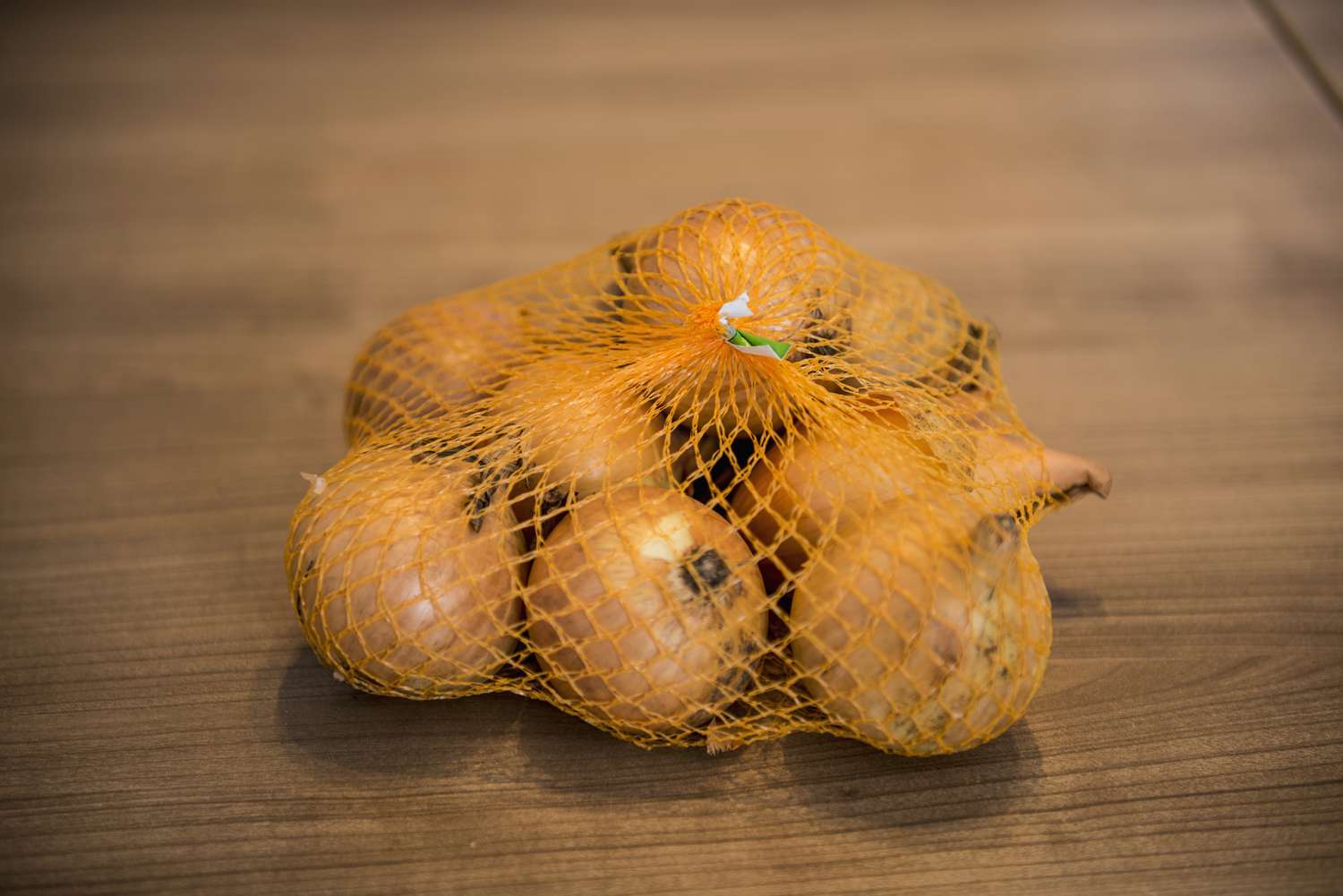

Articles
How To Store Unused Onion
Modified: January 18, 2024
Discover effective ways to store unused onions and prevent them from spoiling. Read our informative articles and tips on proper onion storage techniques.
(Many of the links in this article redirect to a specific reviewed product. Your purchase of these products through affiliate links helps to generate commission for Storables.com, at no extra cost. Learn more)
Introduction
Welcome to our guide on how to store unused onions. Onions are a versatile and flavorful addition to many dishes, but it’s not uncommon to find yourself with extra onions that you don’t want to go to waste. Whether you have purchased a large bag of onions or have a surplus from your garden, proper storage will help you extend their shelf life and ensure they remain fresh and ready for use.
Knowing how to store onions correctly is essential to maintaining their flavor, texture, and nutritional value. If onions are not stored properly, they can quickly deteriorate, leading to spoilage and wastage. In this article, we will provide you with valuable tips and techniques to store unused onions effectively.
By selecting the right onions, preparing them correctly, and providing the ideal storage conditions, you can extend the shelf life of your onions by several weeks or even months. You’ll be able to enjoy the full flavor and nutritional benefits of onions in your recipes, even long after they have been harvested or purchased.
Whether you plan to use your onions in cooking, salads, or other culinary creations, having a stash of properly stored onions will save you time and money, and ensure that you always have this essential ingredient on hand.
So, if you’re curious about the best methods for storing unused onions, let’s dive in and discover the secrets to keeping your onions fresh, flavorful, and ready to use!
Key Takeaways:
- Properly storing unused onions can save money, reduce food waste, and ensure a versatile ingredient is always on hand for culinary creations.
- Choosing the right onions, preparing them correctly, and creating a cool, dry storage environment are essential for maximizing the shelf life of stored onions.
Read more: How To Store Unused Biscuit Dough
Why Store Unused Onions?
One may wonder why it’s necessary to store unused onions when they are readily available in grocery stores or markets. However, storing unused onions serves several purposes and can greatly benefit home cooks, food enthusiasts, and gardeners alike.
Firstly, storing onions allows you to take advantage of bulk purchases or seasonal harvests. Onions can be purchased in larger quantities at a lower price, especially during peak growing seasons. By storing unused onions properly, you can stock up when they are abundant and cheaper, saving you money in the long run. Plus, having a stash of onions on hand means you won’t need to make frequent trips to the store.
Secondly, properly stored onions retain their flavor, texture, and nutritional value for an extended period. Onions are rich in vital nutrients such as fiber, vitamins, and minerals. By storing them correctly, you can preserve these essential nutrients in your onions, ensuring that they remain a healthy addition to your meals even months after purchase or harvest.
Moreover, having a supply of stored onions allows for greater recipe versatility. Onions are a staple ingredient in countless recipes, providing depth, flavor, and aroma to dishes. By having onions readily available, you can experiment with new recipes, whip up quick meals, or add that extra layer of flavor to your favorite dishes. Storing onions ensures you always have this versatile ingredient at your fingertips.
Storing onions is also a great option for gardeners. If you have a vegetable garden and have successfully grown your own onions, you may find that you have more than you can use at once. Properly storing these surplus onions allows you to enjoy the fruits of your labor for months to come. It also provides a sense of satisfaction and self-sufficiency to know that you can preserve and utilize your homegrown produce.
Lastly, storing unused onions reduces food waste. Onions, like any perishable vegetable, can spoil if not stored correctly. By taking the time to store them properly, you minimize the chances of them going to waste. This not only benefits your wallet but also contributes to sustainable living by reducing food waste.
As you can see, there are numerous reasons to store unused onions. Whether it’s for cost savings, flavor preservation, recipe versatility, or reducing food waste, the benefits of proper onion storage are worth the effort. Let’s move on to the next section to learn how to choose the right onions for storage.
Choosing the Right Onions for Storage
When it comes to storing onions, not all varieties are created equal. Some onion varieties have better storage capabilities than others, based on their moisture content, skin thickness, and overall durability. Choosing the right onions for storage is crucial to ensure that they can withstand the storage conditions and maintain their quality for an extended period.
Generally, onions can be classified into two main types: storage onions and sweet onions. Storage onions, also known as cooking onions, are more suitable for long-term storage due to their lower water content and thicker skin. Sweet onions, on the other hand, have a higher sugar content and thinner skin, making them better suited for immediate consumption rather than long-term storage.
When selecting storage onions for storage, opt for varieties such as Yellow Globe, Red Globe, or White Balearic. These varieties typically have a good storage capacity and can last for several months when stored properly.
It’s important to note that the onions you choose for storage should be firm, with no soft spots or signs of rot or disease. Avoid onions with green sprouts as they tend to have a shorter shelf life. Additionally, select onions with dry outer skins rather than ones that appear moist or have visible surface damage.
If you have harvested your own onions from the garden, allow them to dry out for about a week after harvesting. This drying period helps toughen the outer skin and allows excess moisture in the bulbs to evaporate. Once dried, you can inspect them for any signs of damage or disease before moving on to the storage process.
By choosing the right onions with a lower water content, thicker skin, and firm texture, you set a solid foundation for successful onion storage. In the next section, we will explore how to prepare your onions for storage to maximize their shelf life.
Preparing Onions for Storage
Properly preparing onions before storing them can significantly extend their shelf life and help maintain their quality. By following a few simple steps, you can ensure that your onions are ready for long-term storage and remain fresh for an extended period.
Start by gently cleaning the onions. Remove any loose dirt or debris by brushing them lightly with your hands or a soft brush. Avoid washing the onions, as excess moisture can lead to premature spoilage. However, if the onions are excessively dirty, you can rinse them under cold water and pat them dry before proceeding.
Next, inspect each onion for any signs of damage or decay. Remove any onions with soft spots, mold, or visible signs of disease. It’s crucial to remove any damaged onions to prevent the spread of rot to the rest of the stored onions.
Remove the outermost layer of skin from each onion. This outer layer is often dried and may have accumulated dirt or bacteria. Gently peel off this layer, but be careful not to remove too many layers as this can expose the onion to premature sprouting or moisture loss.
Once the onions are cleaned and inspected, it’s time to consider the storing method. You can choose between braiding, hanging, or using containers to store your onions. Braiding onions is a popular method, especially for those with a large harvest. It involves tying the onion tops together and hanging them in a cool, dry place. Hanging onions allows for good air circulation and keeps them suspended, reducing the risk of rot or sprouting. Alternatively, you can use mesh bags or containers to store your onions. Make sure the containers are well-ventilated to prevent moisture buildup.
Prioritize storing larger onions as they tend to have a longer shelf life compared to smaller ones. Smaller onions are more prone to drying out or sprouting sooner in storage.
By properly preparing your onions for storage, you set them up for successful long-term preservation. In the next section, we will delve into the ideal storage conditions to maintain the freshness of your onions.
Storing Onions in a Cool and Dry Place
Creating the right storage environment is crucial for maintaining the freshness and quality of your stored onions. Onions thrive in cool and dry conditions, as these conditions help slow down the natural aging process and inhibit mold and bacterial growth.
The first step in storing onions is to find a suitable location. Look for a cool and dry area in your home, such as a basement, pantry, or garage. The ideal temperature for onion storage is between 32°F (0°C) and 40°F (4°C). Avoid storing onions in areas where temperatures fluctuate dramatically, such as near heaters or in direct sunlight, as this can cause onions to sprout or spoil prematurely.
To ensure proper air circulation, place your onions in a well-ventilated area. Avoid overcrowding onions, as this can restrict airflow and lead to moisture buildup, increasing the risk of spoilage. Leave some space between onions to allow for proper ventilation.
If your storage area is prone to dampness or high humidity, consider using a dehumidifier or incorporating moisture-absorbing materials, such as silica gel packs or moisture-absorbing desiccants, to keep humidity levels in check. Excess moisture can lead to onion rot or promote sprouting, shortening the shelf life of your stored onions.
It’s important to keep stored onions away from other produce, especially fruits or vegetables that release ethylene gas. Ethylene can accelerate the ripening process and cause onions to spoil quicker. Store onions in a separate area or use partitions to keep them isolated from other produce.
Additionally, periodically check on your stored onions to ensure their condition. Discard any onions that show signs of rot, sprouting, or mold. Removing spoiled onions promptly will help prevent them from contaminating the remaining storage onions.
Remember, maintaining a cool and dry storage environment is the key to preserving the quality and flavor of stored onions for an extended period. In the next section, we will explore using different types of containers for onion storage.
Store unused onions in a cool, dry, and well-ventilated place, such as a pantry or cellar. Avoid storing them in the refrigerator, as the moisture can cause them to spoil faster. Keep them in a mesh bag or open container to allow for air circulation.
Read more: How To Store Unused Paint
Using Containers for Onion Storage
Containers can be an effective solution for storing onions, providing an organized and convenient way to keep your onions fresh. When using containers for onion storage, it’s important to choose the right type of container and ensure proper ventilation to maintain optimal storage conditions.
One popular option for onion storage is mesh bags. These breathable bags allow for proper air circulation, preventing moisture buildup and rot. Fill the mesh bags with onions, leaving some space between them to promote air circulation. Hang the bags in a cool and dry location, such as a pantry or cellar. Mesh bags are a great choice for those with limited storage space, as they can be hung or stacked efficiently.
Another option for container storage is shallow crates or baskets. Line the bottom of the container with a layer of newspaper or straw to absorb excess moisture. Place the onions in a single layer, avoiding any overcrowding. Stack additional layers if necessary, with a layer of paper or straw between each layer. Be sure to leave some space between the walls of the container and the onions to allow for proper airflow.
For those who prefer a more organized and accessible storage option, consider using wire or wicker onion storage baskets. These baskets often come with multiple compartments or tiers, allowing you to separate onions by size, variety, or ripeness. Ensure that the baskets have sufficient openings or ventilation holes to promote air circulation.
When using containers for onion storage, it’s essential to regularly check the onions for any signs of spoilage or sprouting. Remove any onions that show signs of deterioration to prevent the spread of rot to the rest of the stored onions.
Regardless of the container you choose, always remember to store onions in a cool and dry location with good air circulation. Proper storage containers help protect onions from light, prevent them from being crushed, and maintain the necessary airflow for freshness.
In the next section, we will explore alternative methods of storing onions for those who may not have access to traditional storage options.
Alternative Methods of Storing Onions
If you don’t have access to traditional storage options or are looking for alternative methods to store your onions, there are several creative approaches you can try. These methods can be especially useful for individuals with limited space or those who prefer unique storage solutions.
One alternative method is using pantyhose or old stockings to store onions. Simply place one onion in each leg of the pantyhose, tying a knot between each onion. Hang the pantyhose in a cool and dry area, allowing for good air circulation. This method provides individual compartments for each onion, preventing direct contact and minimizing the risk of spoilage.
If you have small, unused paper bags or even brown paper lunch bags, they can be repurposed for onion storage. Place a few onions in each bag, ensuring that they are not crowded. Roll the top of the bag down to create a closure, and store them in a cool, dry place. The paper bags provide a breathable environment for the onions while keeping them separate and protected from light.
If you have access to a basement or cellar with a dirt floor, consider burying your onions underground. Dig a shallow trench in the soil, place the onions in a single layer, and cover them with additional soil. Make sure the onions are well-separated and not touching each other. This method provides a natural, cool, and dark environment for long-term storage.
Another alternative is using clay pots or terracotta containers for onion storage. Line the bottom of the pot with some breathable material, such as newspaper or straw, and arrange the onions in a single layer, ensuring they are not touching. Place a breathable lid or cover on top of the pot to protect the onions from light and maintain proper airflow.
These alternative methods of onion storage can be effective in providing a suitable environment for your stored onions, as long as the location remains cool and dry. Remember to regularly check on the onions to ensure they are free from spoilage or sprouting. Discard any onions showing signs of deterioration to prevent contamination.
In the next section, we will provide some valuable tips for prolonging the shelf life of your stored onions.
Tips for Prolonging Onion Shelf Life
To get the most out of your stored onions and prolong their shelf life, it’s important to follow a few key tips and techniques. These tips will help you maintain the freshness, flavor, and quality of your onions for an extended period.
Keep them dry: Moisture is the enemy when it comes to onion storage. Excess moisture can promote rot and sprouting. Make sure your onions are fully dry before storing them, and avoid storing them in humid environments.
Avoid exposure to light: Onions are sensitive to light and can become soft or develop mold when exposed to sunlight. Store them in a cool and dark place, away from direct light sources.
Avoid storing with certain produce: Onions release ethylene gas, which can accelerate the ripening process and cause other produce to spoil faster. Keep onions separate from fruits and vegetables that are sensitive to ethylene, such as potatoes, tomatoes, and apples.
Don’t wash onions before storage: Washing onions adds moisture and can lead to premature spoilage. Only clean them if they are excessively dirty, and make sure to dry them thoroughly before storing.
Store onions away from strong odors: Onions can absorb odors from other strong-smelling foods, which can alter their flavor. Keep them away from pungent items like garlic, shallots, and spices.
Don’t store bruised or damaged onions: Damaged onions are more prone to spoiling and can quickly spread spoilage to surrounding onions. Remove any bruised or damaged onions from the storage batch to maintain the overall quality.
Keep an eye on sprouting: Check your stored onions regularly for any signs of sprouting. If an onion begins to sprout, it’s an indication that it is nearing the end of its shelf life. Remove sprouted onions and use them promptly, as they may not store well.
Following these tips will help you maximize the shelf life of your stored onions, ensuring that they remain fresh and flavorful for an extended period. By creating the optimal storage conditions and implementing good storage practices, you can enjoy the benefits of having onions on hand whenever you need them.
In the final section, we will discuss how to check and remove spoiled onions to avoid contamination and maintain the integrity of your stored batch.
Checking and Removing Spoiled Onions
Regularly checking your stored onions for any signs of spoilage is essential to maintain the overall quality and freshness of the batch. One rotten onion can negatively impact the rest, leading to the spread of mold, decay, and an unpleasant odor. To ensure that your stored onions remain in prime condition, it’s important to know how to check for spoilage and promptly remove any affected onions.
Start by examining each onion individually. Look for any soft spots, molds, or visible signs of decay. Rotten onions may appear discolored, soft, or mushy. They may also emit a foul odor. If you detect any of these characteristics in an onion, it’s a clear indication that it has spoiled.
When you come across a spoiled onion, it’s crucial to remove it from the storage area immediately. Handling rotten onions with bare hands can contaminate other onions, so consider using gloves or a plastic bag to prevent direct contact. Dispose of the spoiled onion in your compost or trash bin, away from your other stored onions.
If you notice that a particular area or container has a higher concentration of spoiled onions, take the time to inspect the surrounding onions more closely. Check for any signs of decay or mold, even if they appear to be in good condition at first glance. Removing any potentially compromised onions will help prevent the spread of spoilage, ensuring that the rest of your stored batch remains fresh and usable.
Regularly monitoring your stored onions for spoilage is key to maintaining their quality over an extended period. Remember to check every few weeks or whenever you access your storage area for cooking. By promptly identifying and removing any spoiled onions, you can prevent the deterioration of your stored batch and maximize the shelf life of the remaining onions.
With these steps in mind, you can confidently store, maintain, and utilize your onions for an extended period, avoiding waste and ensuring that you always have this versatile ingredient on hand.
To conclude, we’ve covered various aspects of storing unused onions, from choosing the right onions for storage to preparing them, selecting suitable storage methods, and implementing tips and techniques to prolong shelf life. By following these guidelines, you can continue to enjoy the flavor, versatility, and nutritional benefits of onions long after they are harvested or purchased.
Read more: How To Store Unused Caulk
Conclusion
In conclusion, knowing how to store unused onions properly is essential for maintaining their flavor, texture, and nutritional value. By following the tips and techniques outlined in this guide, you can extend the shelf life of your onions and ensure they remain fresh and ready for use whenever you need them.
From choosing the right onions for storage to properly preparing them and creating the ideal storage conditions, each step plays a vital role in preserving the quality of your onions. Storing unused onions not only saves you money and reduces food waste but also provides you with a versatile ingredient to enhance your culinary creations.
Whether you opt for traditional methods like hanging or using containers, or explore creative alternatives like pantyhose or burying onions underground, the key is to maintain a cool, dry, and well-ventilated storage environment. Avoid exposure to light, excess moisture, and strong odors to prevent spoilage and ensure the longevity of your stored onions.
Regularly check your onions for any signs of spoilage, such as soft spots, mold, or sprouting. Promptly remove any affected onions to prevent the spread of decay and maintain the integrity of your stored batch.
By implementing these guidelines, you can prolong the shelf life of your stored onions, reduce waste, and always have this essential ingredient readily available for your culinary endeavors. Whether you use onions in soups, stews, stir-fries, or any other dish, properly stored onions will continue to enhance your meals with their distinctive flavor and nutritional benefits.
So, the next time you find yourself with unused onions, apply the knowledge and techniques shared in this guide to store them effectively. Enjoy the convenience, cost savings, and culinary possibilities that come with having a stash of fresh and well-preserved onions at your disposal!
Frequently Asked Questions about How To Store Unused Onion
Was this page helpful?
At Storables.com, we guarantee accurate and reliable information. Our content, validated by Expert Board Contributors, is crafted following stringent Editorial Policies. We're committed to providing you with well-researched, expert-backed insights for all your informational needs.
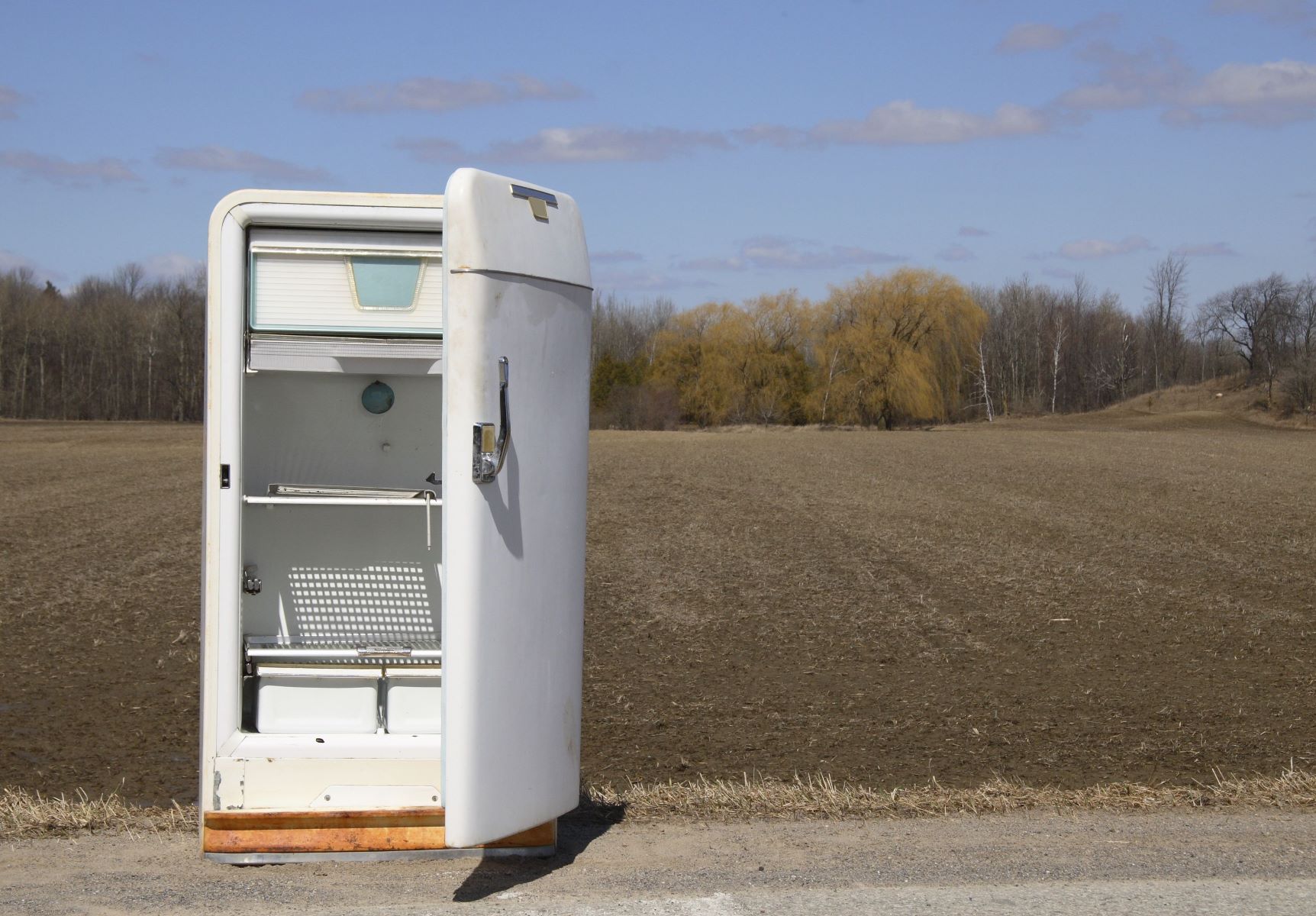
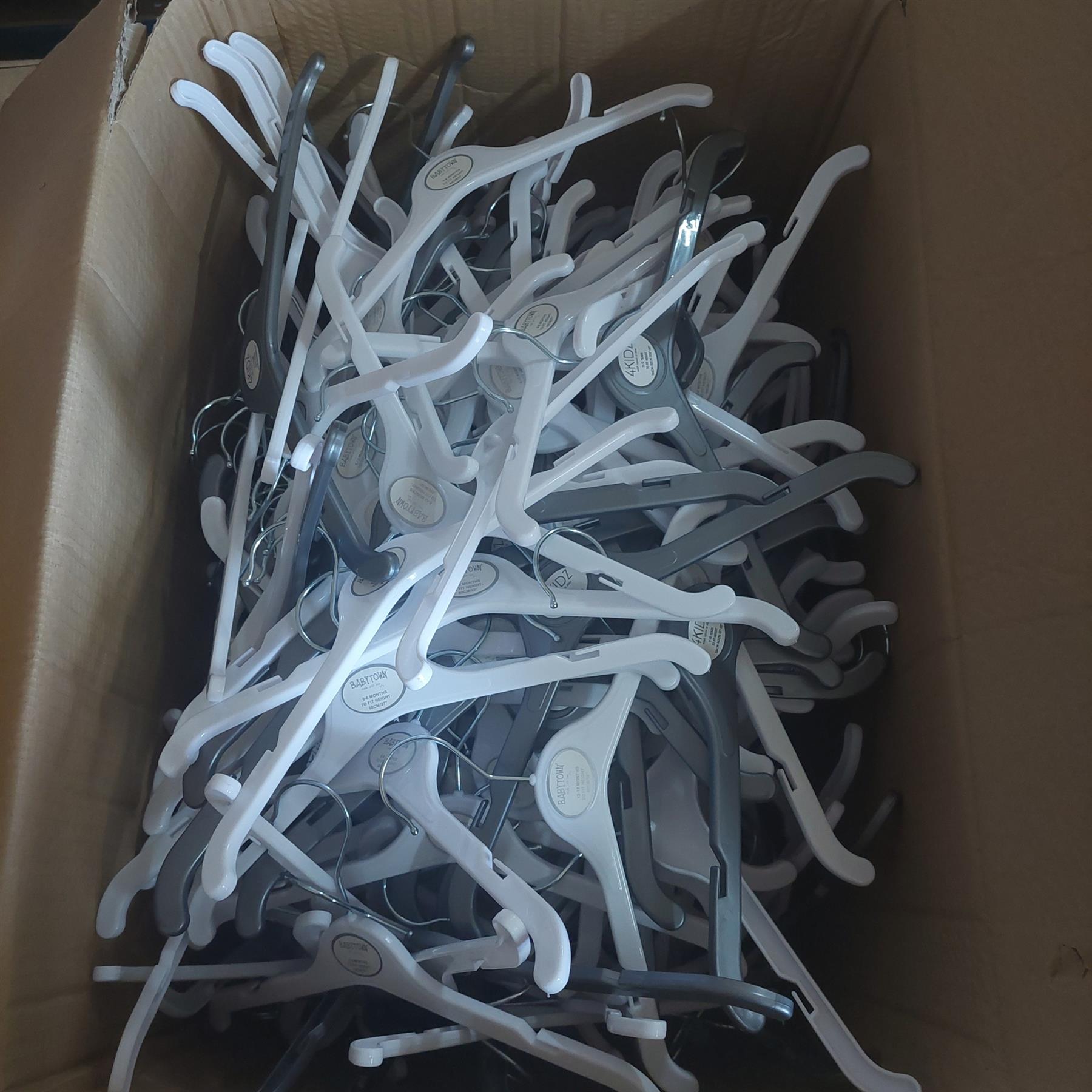

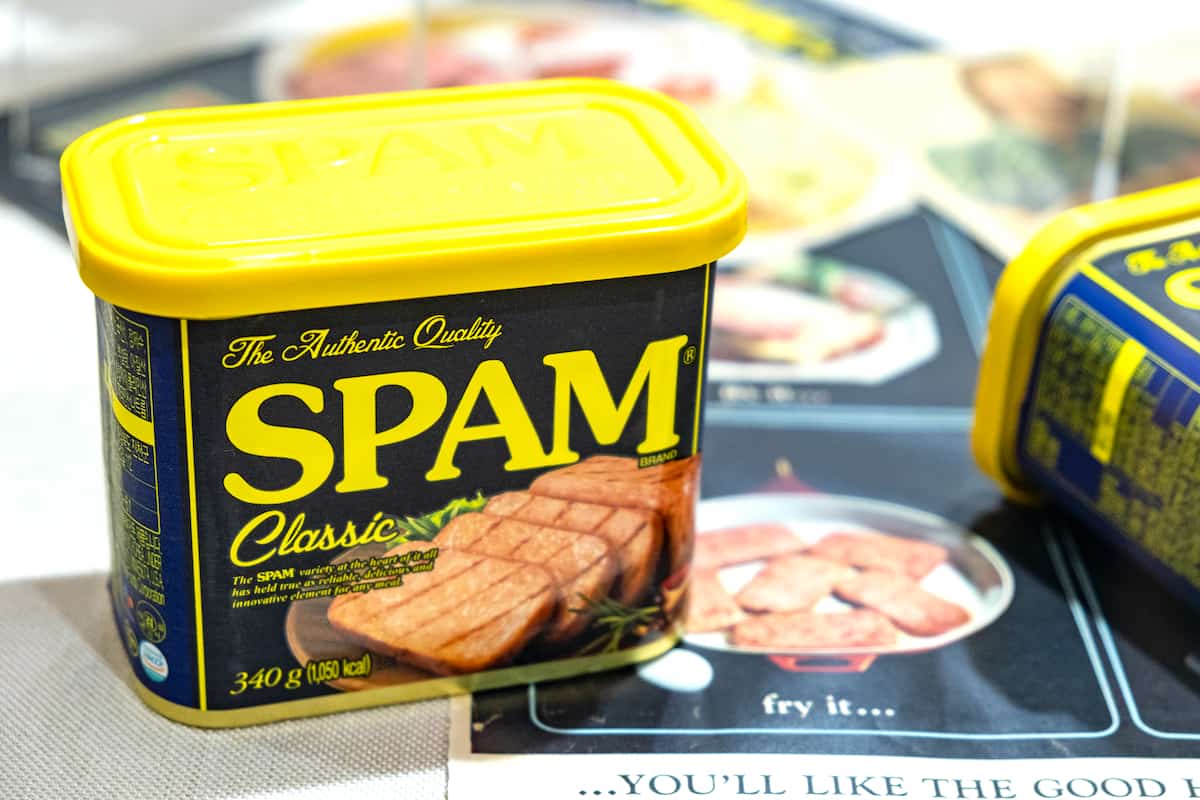
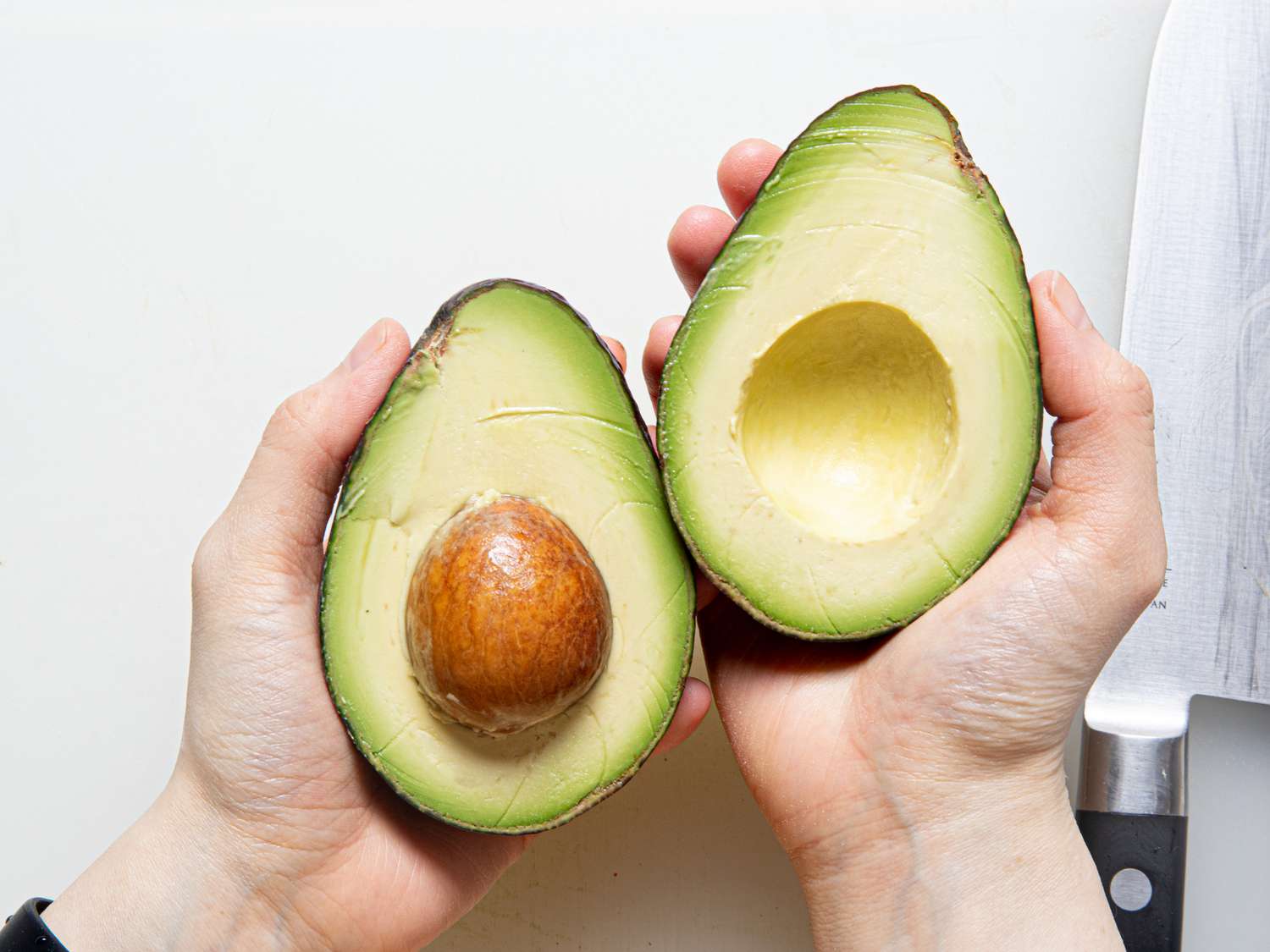
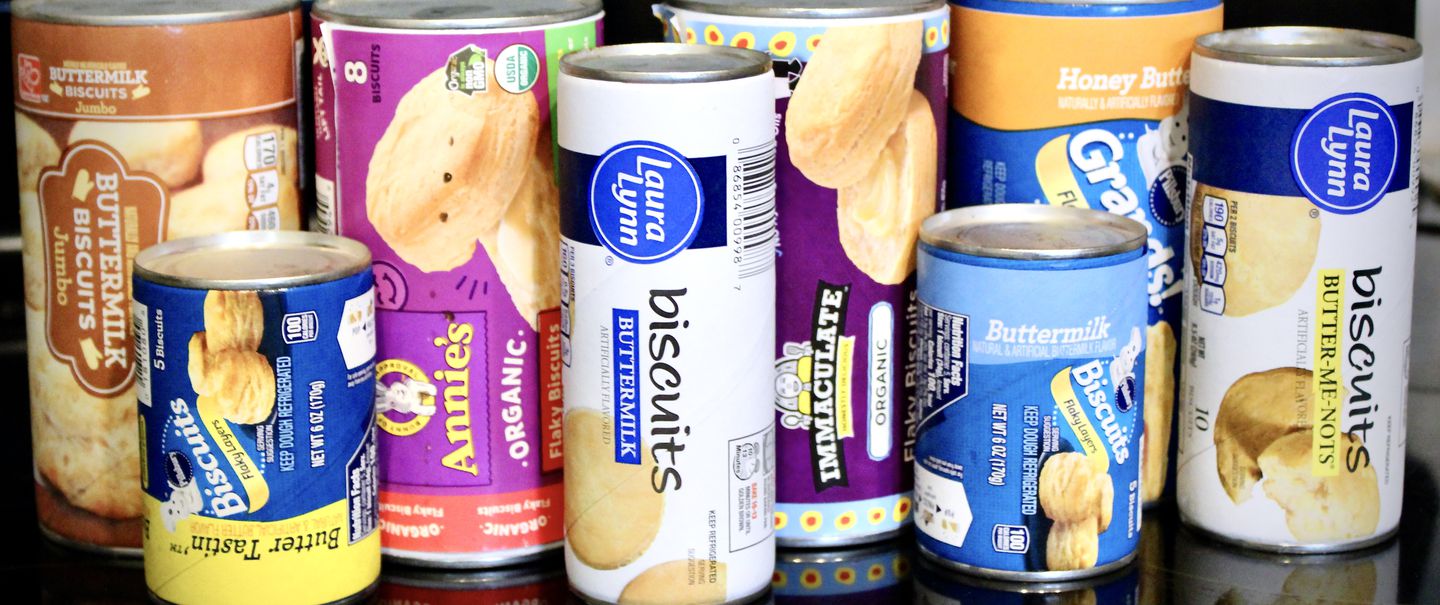
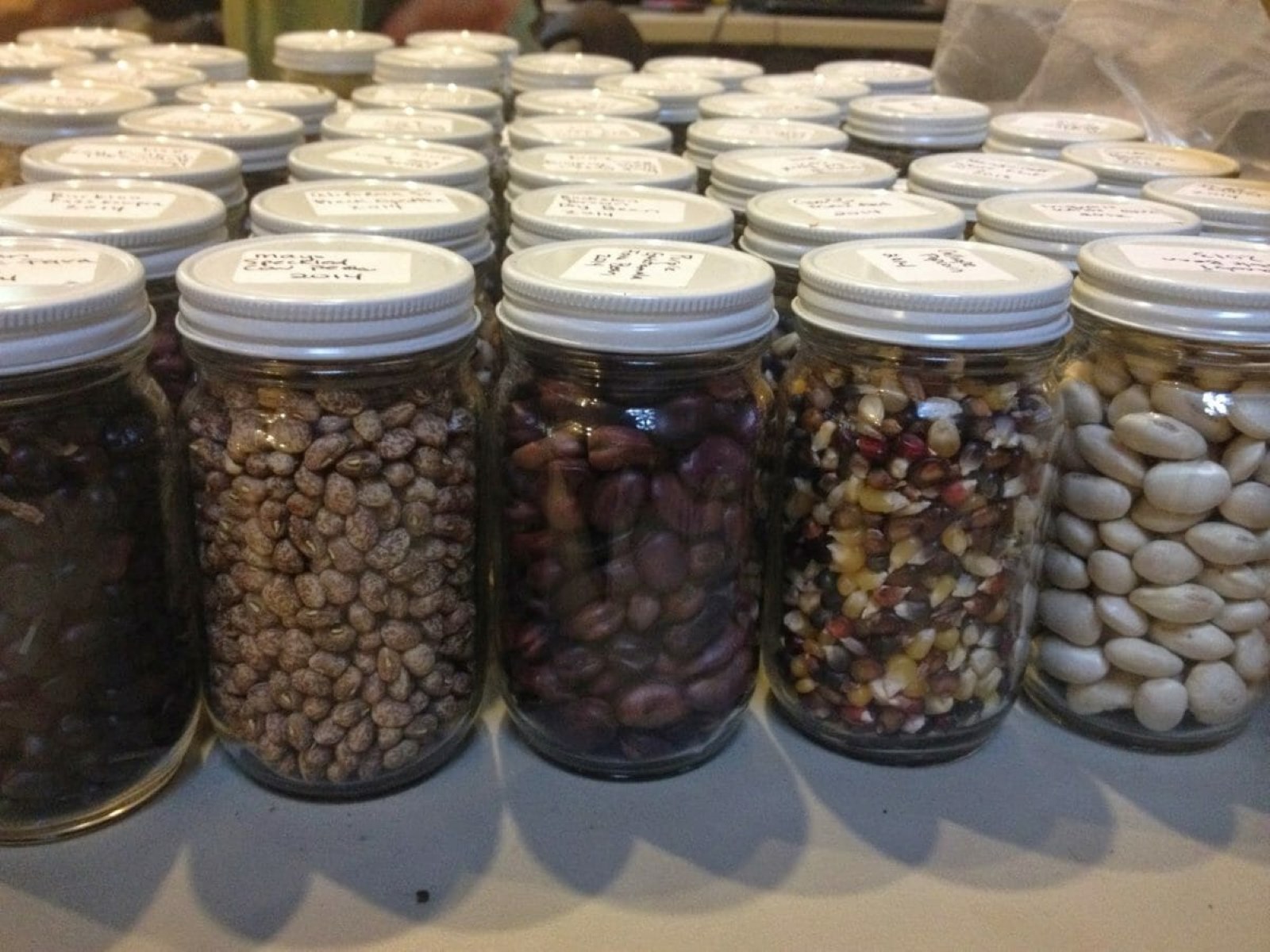
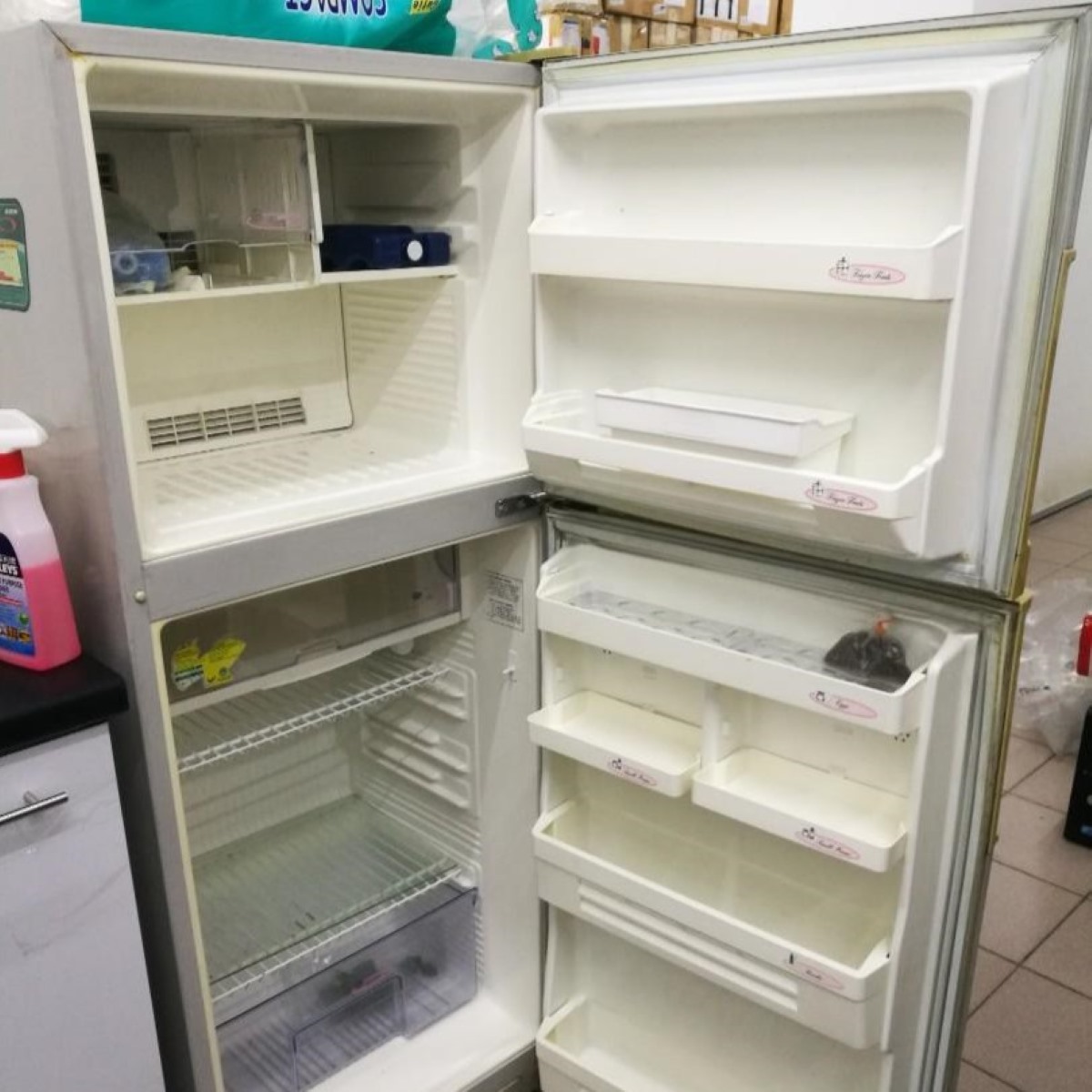
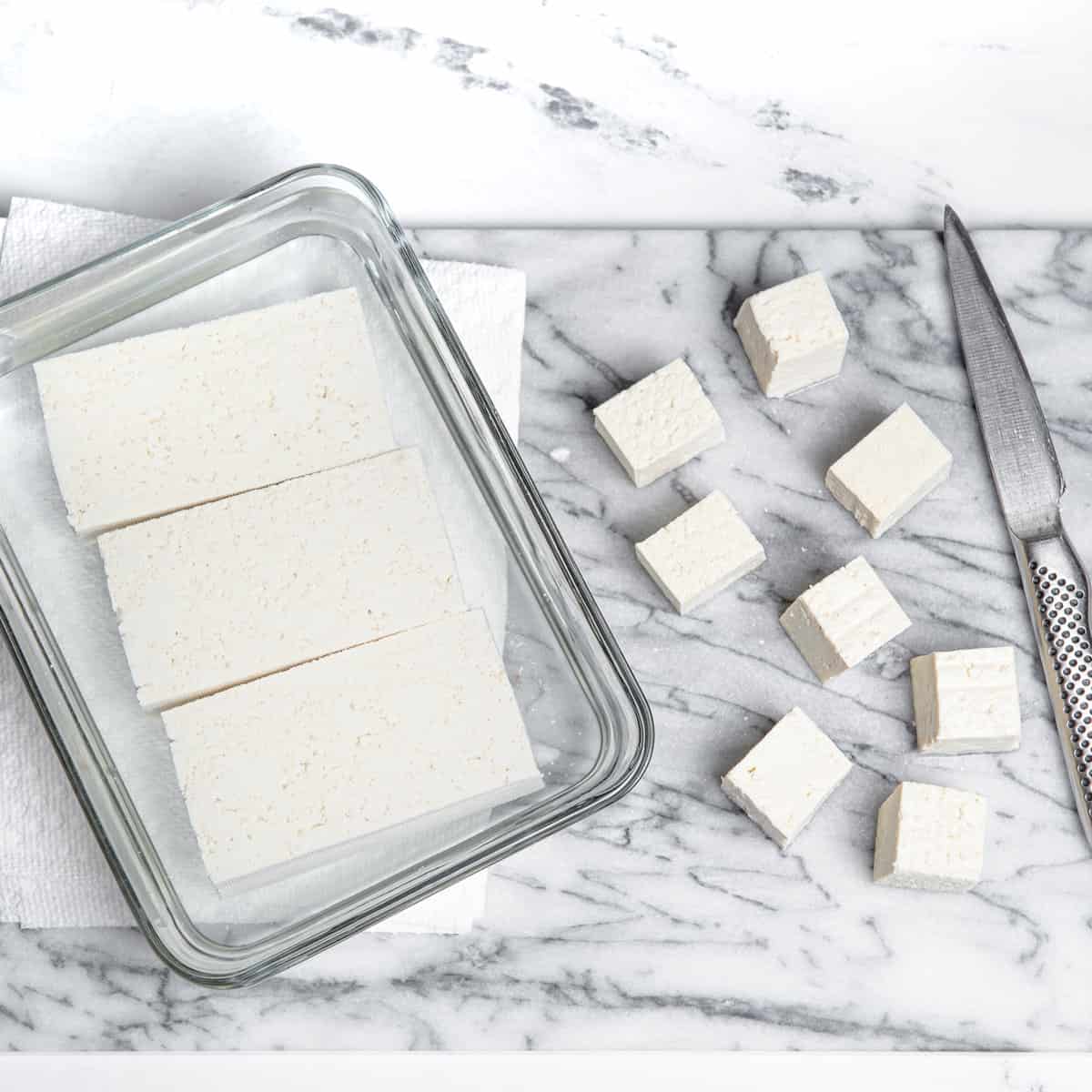
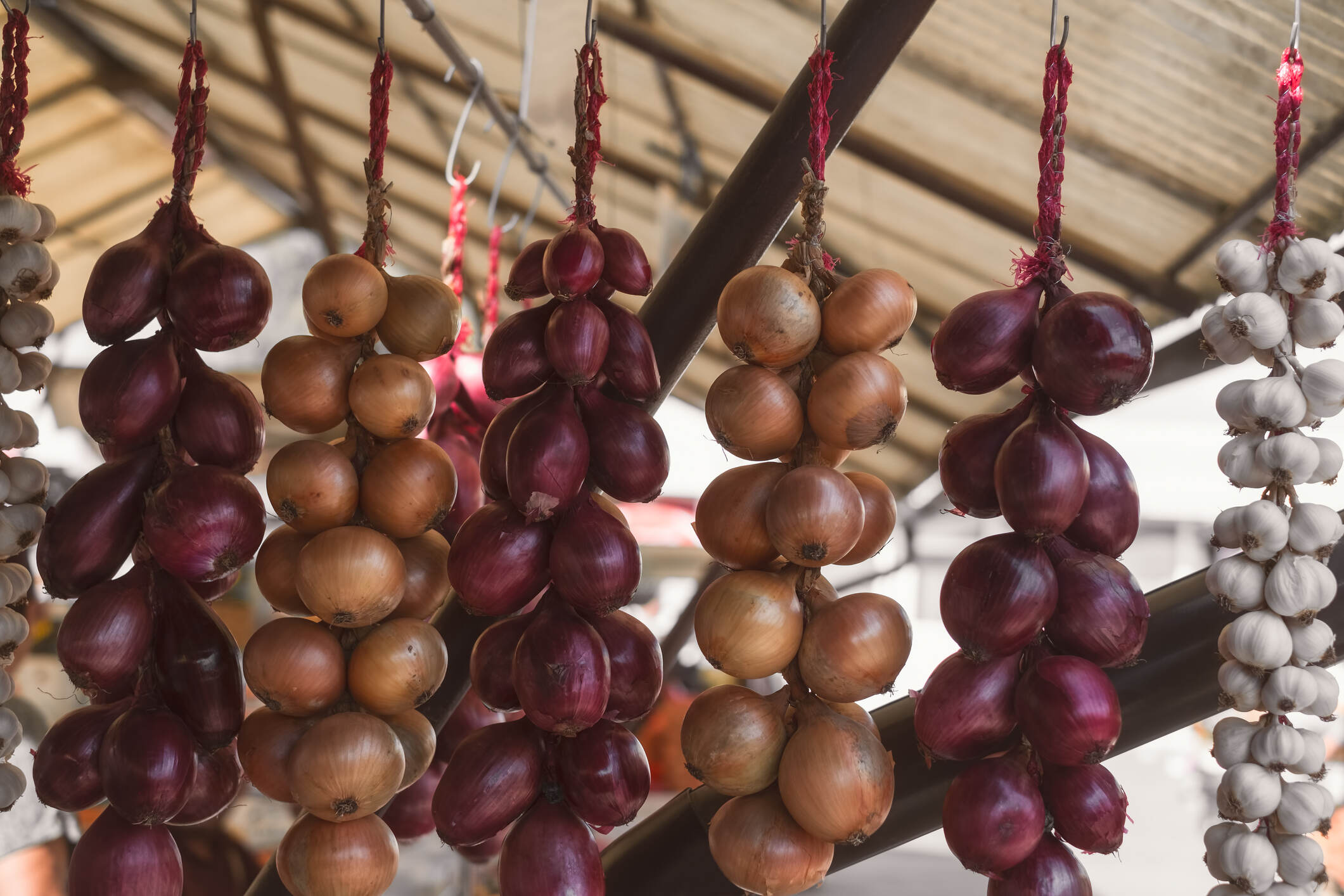
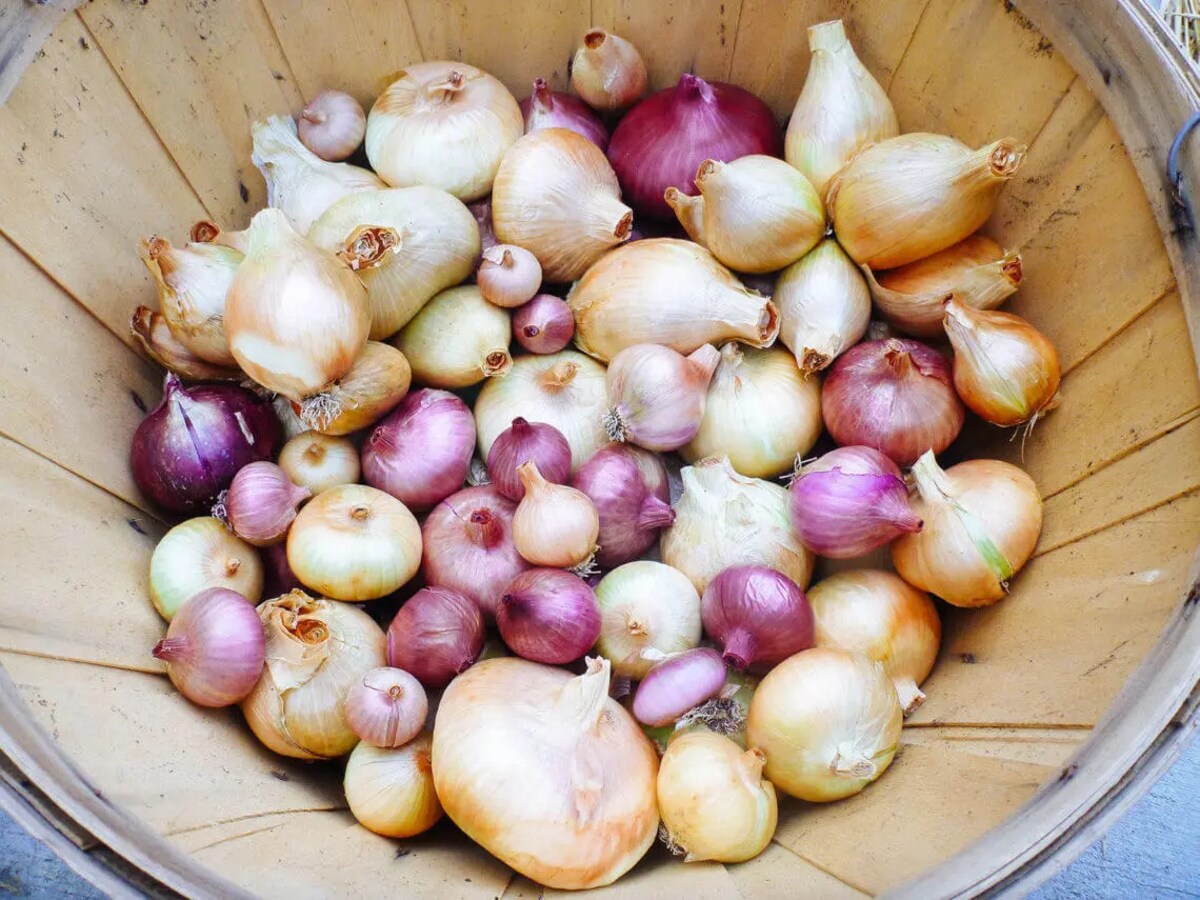
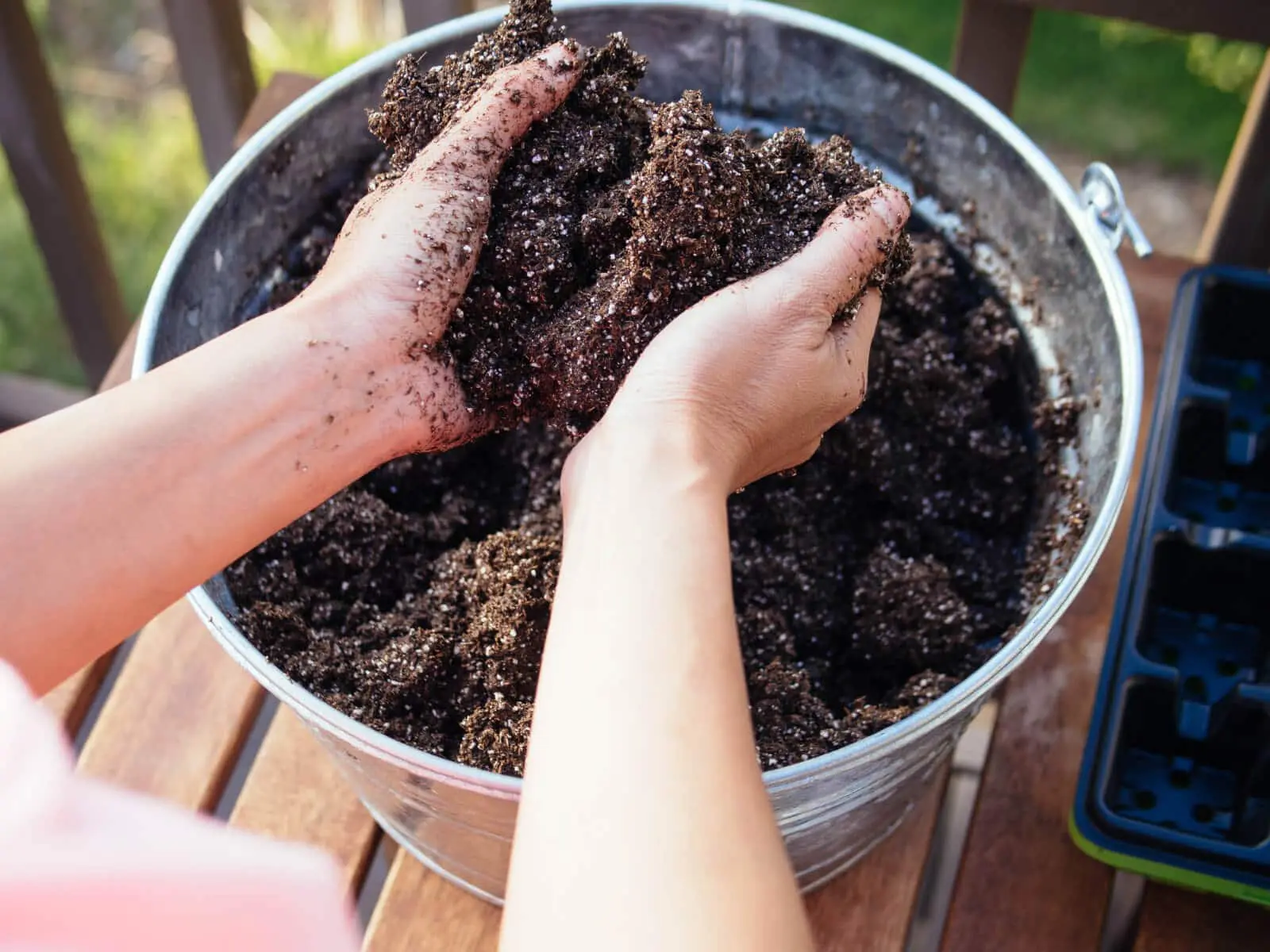


0 thoughts on “How To Store Unused Onion”